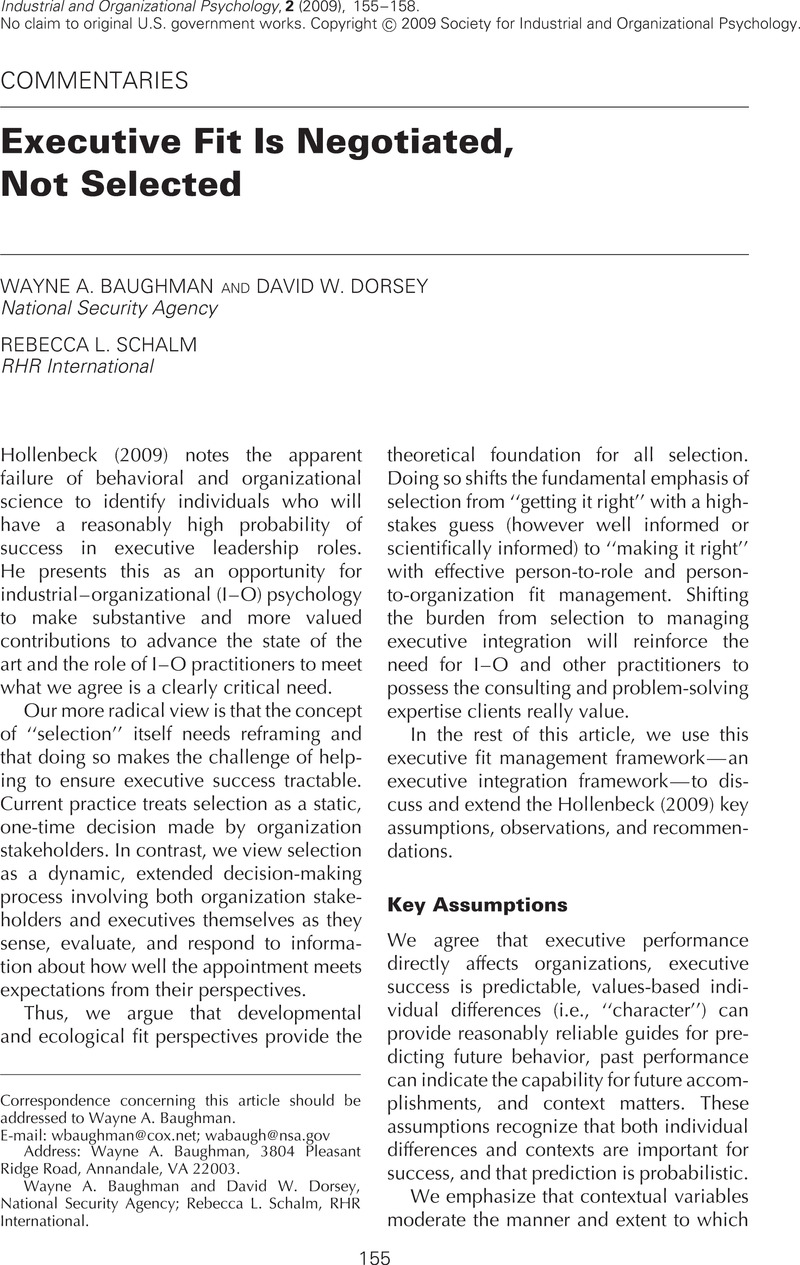Crossref Citations
This article has been cited by the following publications. This list is generated based on data provided by Crossref.
Hollenbeck, George P.
2009.
Executive Selection — Response to Commentaries.
Industrial and Organizational Psychology,
Vol. 2,
Issue. 2,
p.
177.
Guangrong Dai
De Meuse, Kenneth P
and
Gaeddert, Dee
2011.
Onboarding externally hired executives: Avoiding derailment – accelerating contribution.
Journal of Management & Organization,
Vol. 17,
Issue. 2,
p.
165.
Guangrong Dai
De Meuse, Kenneth P
and
Gaeddert, Dee
2011.
Onboarding externally hired executives: Avoiding derailment – accelerating contribution.
Journal of Management & Organization,
Vol. 17,
Issue. 2,
p.
165.



